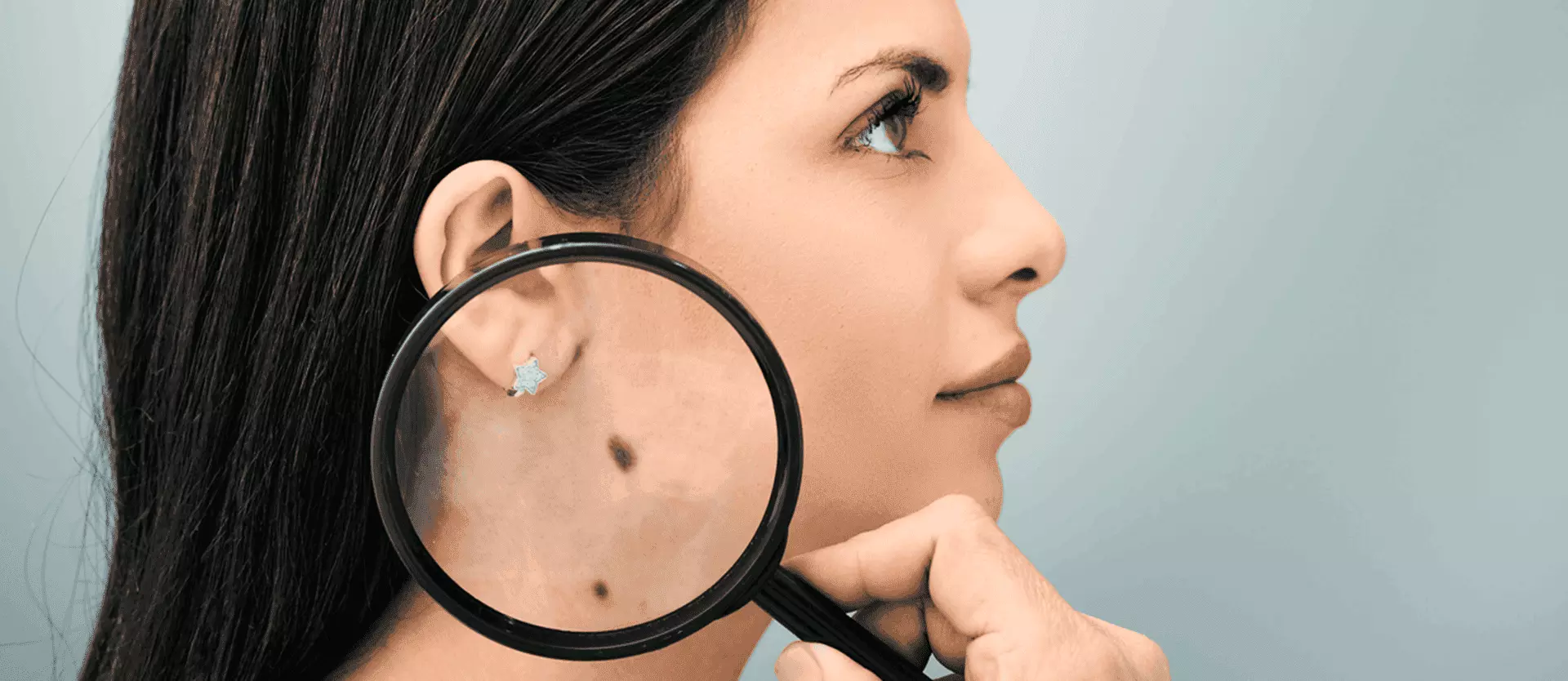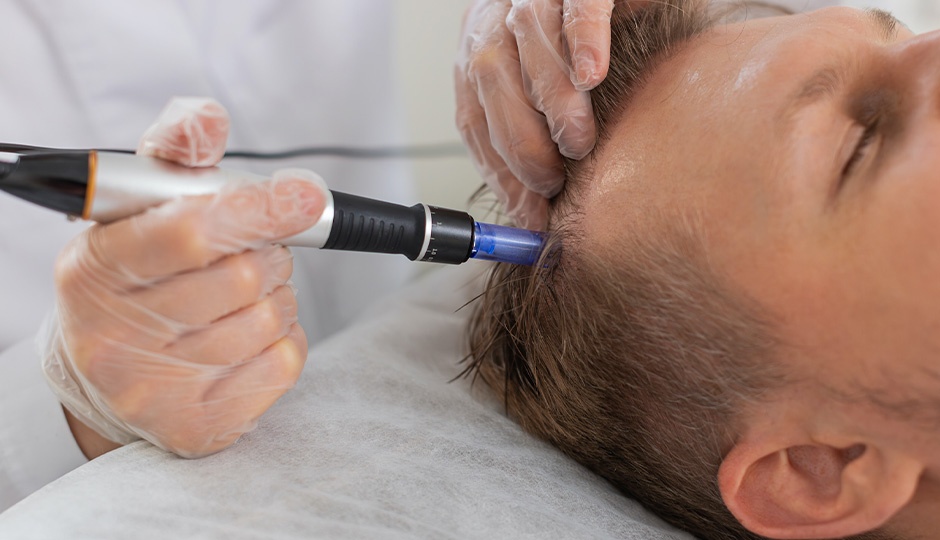Osteopontin – it’s not a word most of us have heard of. You might guess that it has something to do with bone, given the osteo part of the word meaning just that.
So, what does it have to do with hair?
That’s what we’re here to find out. We can begin by saying that osteopontin is a protein that has multiple functions. While it is most associated with bones, it is also present in various other cells.
All quite interesting, but we still don’t have a connection with hair. Until we tell you that this protein has been seen to play a role in hair growth. And it all started with an investigation into hairy moles.
Getting Rid Of Unwanted Hair Could Hold The Key To Regrowing It Elsewhere.
If you happen to have one or more moles on your body, you may notice that they have a habit of sprouting hair. Even if the surrounding skin doesn’t have anything but the finest, almost invisible, hairs growing out of it, the mole tends to have one or more hairs – long ones at that – growing with no issue.
This was spotted by researchers, and it was discovered that osteopontin is present in these moles. The thinking goes that if osteopontin can cause this to occur in moles, why not on the scalp?
This hair growth in moles comes from osteopontin’s ability to stimulate stem cells inside hair follicles. The process would therefore be the same if the protein was readily available to follicles on the scalp. There is more osteopontin in a hairy mole than there is in the skin next to that mole, according to tests.
Could Osteopontin Eventually Be The Magic Bullet That Combats Hair Loss?
While this research into osteopontin and its presence in hairy moles has been going on for years, there is still much to learn about it.
At present, only two drugs have been approved by the FDA to be given to people suffering from hair loss. Finasteride is approved for use by men, while minoxidil, arguably more commonly known, is approved for topical use for hair loss by both men and women.
Plenty of people of both sexes struggle with hair loss, no matter the reason for it. It’s easy to understand why. We can lose all the hair on our head without any adverse health effects… but do we want to? We take great care with our hair, styling it, treating it, maintaining it – it’s part of who we are and part of our self-image.
If we begin to lose it, we’ll feel self-conscious. So, the idea that osteopontin could eventually become another weapon in the battle against hair loss is promising. The research that discovered this promising protein has also highlighted other molecules that appear richer in hairy moles compared with other areas of the skin. This too could help support new hair loss products coming to the fore in the future.
Is Osteopontin Present In Normal Skin?
It is, but not in the quantities it is found in skin moles. And the research suggests that the excessive amount appears to go into the stem cells present in the hair follicles. This is the process that boosts hair growth, as seen when thicker hairs grow from these moles.
Osteopontin works in tandem with a protein in the follicle known only as CD44. The two components must be present to work together, otherwise hair growth does not occur. Think of CD44 as the switch and osteopontin as the lightbulb if you will.
While research has been ongoing for several years, there is still some distance to go if it is to lead to a more powerful hair loss solution for men and women. There has been no suggestion that the process works only for men and not women, or vice versa.
As always, the task of looking after your hair will remain the same. With the aid of an experienced hair professional, you can protect your hair by using the best shampoo and conditioner and opting for a style that suits you. And perhaps one day a few years from now, osteopontin will make its way – together with CD44 – into a hair loss product we can trust.
If you are experiencing thinning hair or hair loss, contact the team at Unique Hair Concepts for a complimentary, in-person consultation.






